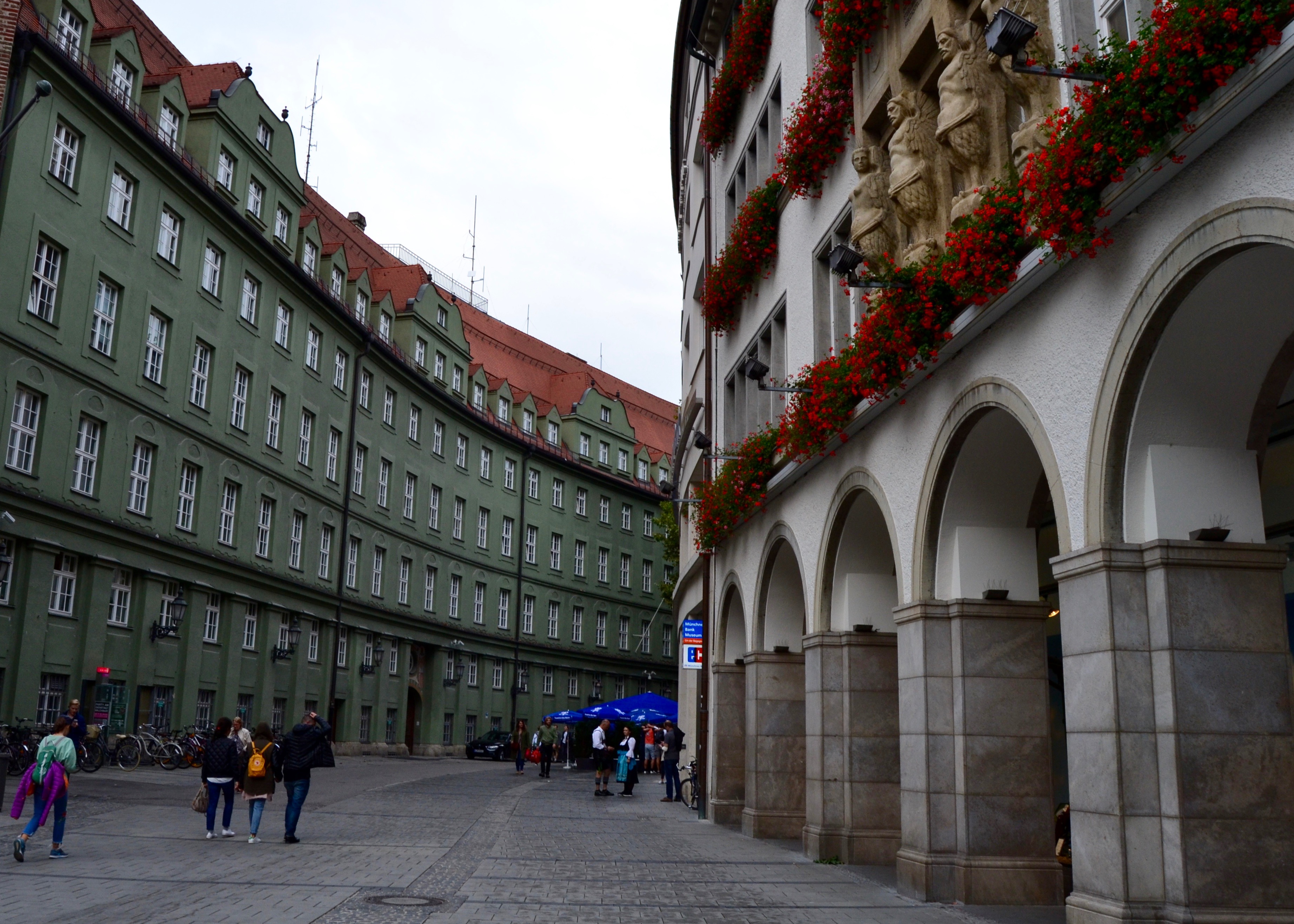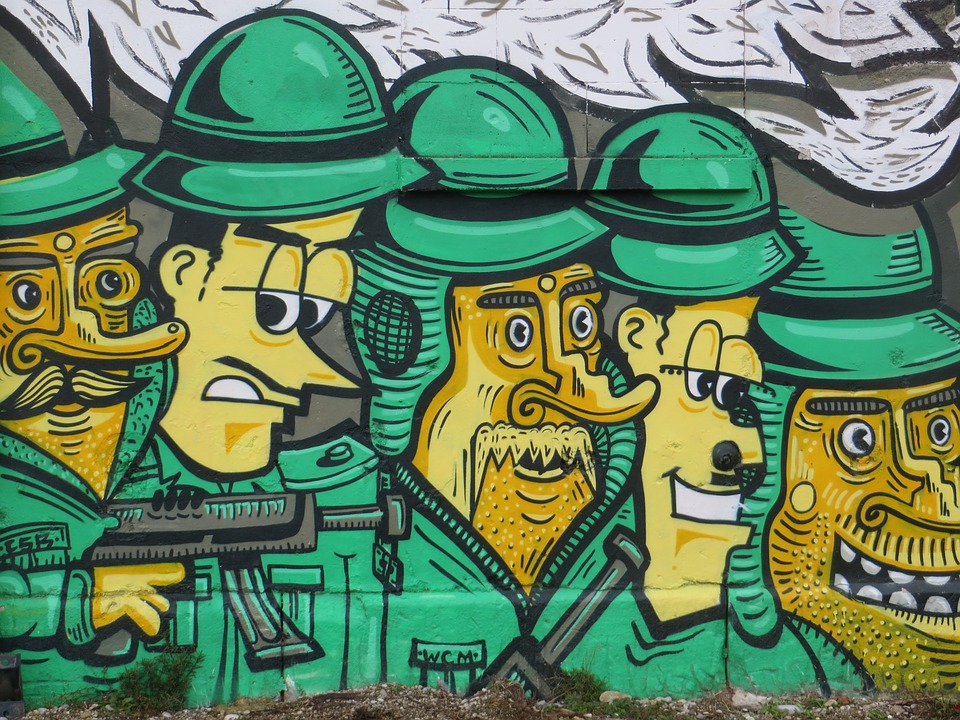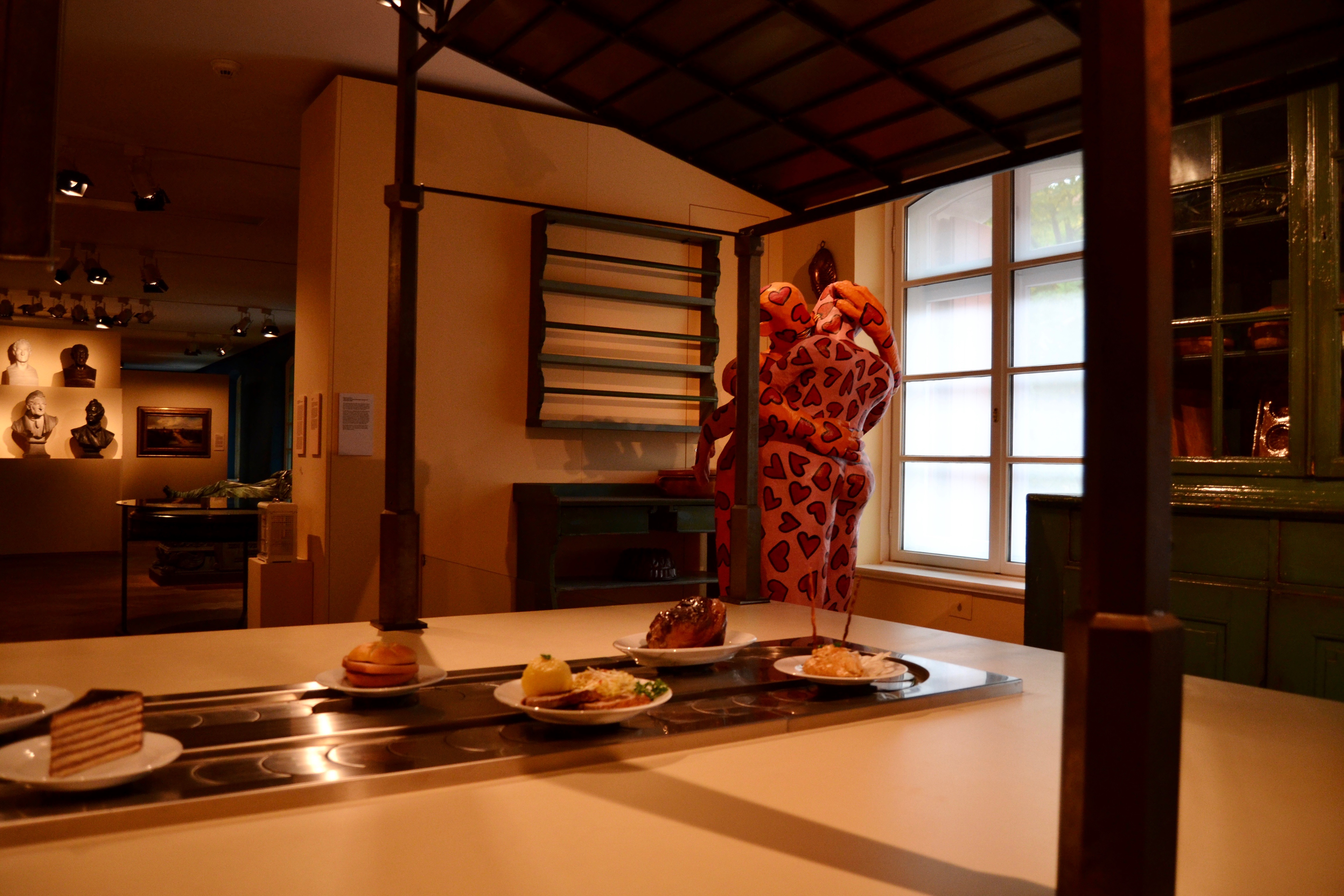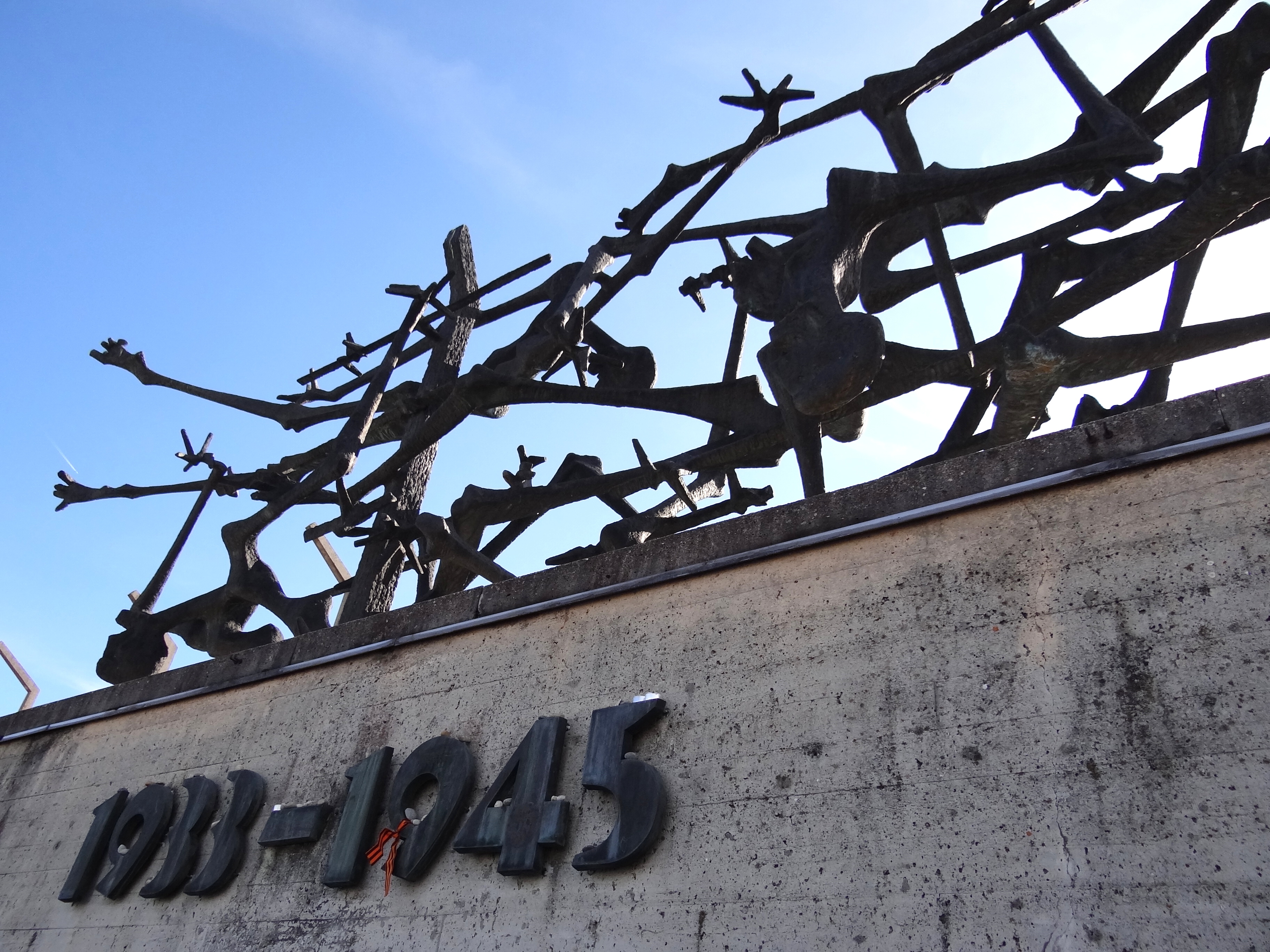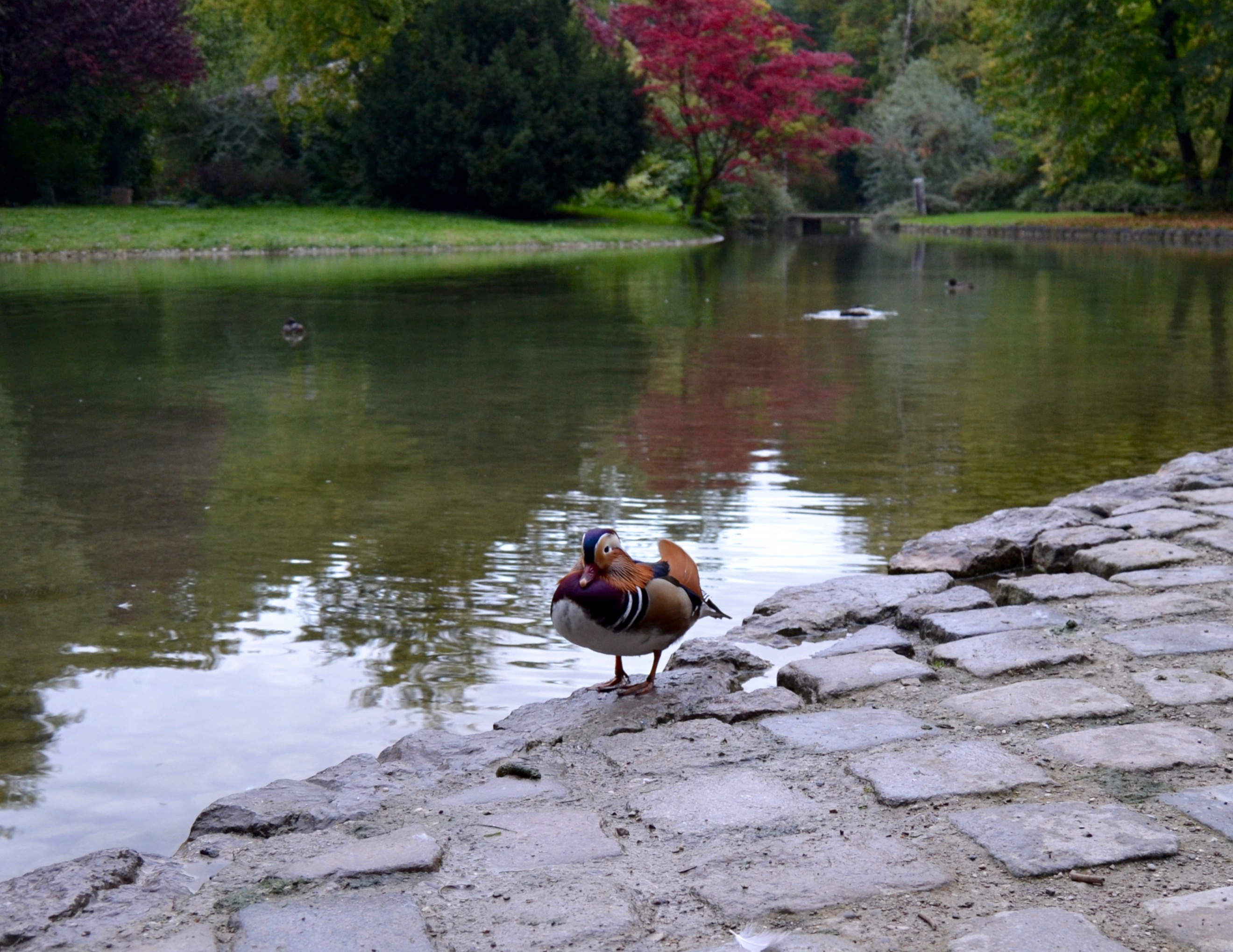Beyond Oktoberfest
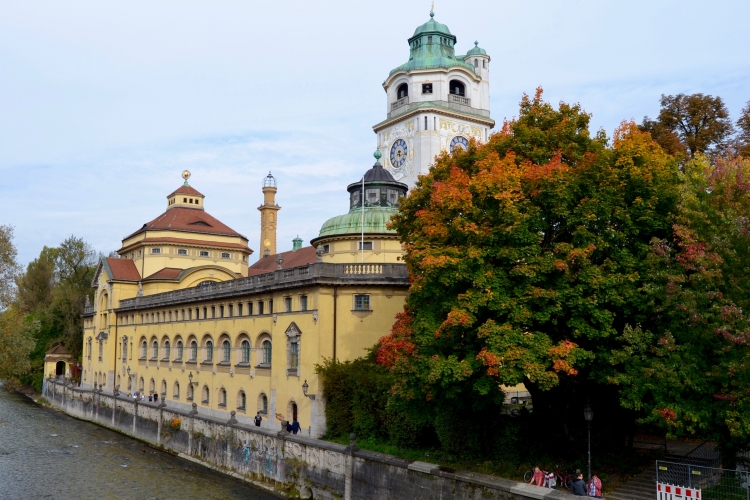
I was eating Schnitzel in a rowdy Munich beer hall on the last Saturday of Oktoberfest, squished amongst lederhosen-clad men shouting enthusiastically in German, when Max, a local I had befriended only moments before, gestured to the surrounding festivities and told me "This isn't Munich". With its bouncy folk music, traditional costumes, and copious amounts of German food and beer, Oktoberfest is the epitome of the Bavarian cultural traditions Munich is most famous for. Yet, it is only one of the many worthwhile—and often necessary—stories Bavaria's capital city has to tell.
A walk through Munich's Marienplatz is a good place to begin. Here, the new and the old combine as modern clothing brands take up home in gothic buildings and ancient churches tower over neon table umbrellas and vegan conventions. Though the architecture may seem to blend together in an array of "old", in reality, the many styles paint a portrait of a city in transition. Each building represents a different part of Munich's history, from the seventeenth century Column of St. Mary, which ushered in an era free from Swedish occupation, to the Old Town Hall, which was once very old indeed but now consists largely of restorations made in the aftermath of WWII.
Munich's Old Town Center. Image credit: Alison Thomas
Much of current-day Munich is reflected in its contemporary art. At the Museum of Urban and Contemporary Art, the first museum of its kind in Germany, the communicative power of art is emphasized, providing a powerful platform for sociocultural dialogue. Additionally, Haus der Kunst seeks to transcend global boundaries by showcasing artists with a wide range of styles and backgrounds. However, Munich's art is hardly confined to museums; street art is an essential part of the city's landscape.
Image credit: Pixabay/Claus F
In fact, for a city known for its celebration of the past, Munich's cultural institutions are surprisingly focused on modernization. The Deutsches Museum, the world's largest museum of science and engineering, documents the evolution of technology, from the tools of the Stone Age to the robotics of the future. Meanwhile, exhibitions at the Stadtmuseum and The Documentation Centre for the History of National Socialism offer commentary on the revolutionary—and sometimes devastating—social and political changes that have come about with Germany's modernization.
Munich Stadtmuseum. Image credit: Alison Thomas
Nearby, the remnants of the Dachau Concentration Camp give this commentary the harrowing texture of reality. The experience is upsetting but valuable; visitors can tour a museum dedicated to the history of the site and the stories of those interned there, as well as the historic grounds and buildings themselves. Haunting but beautiful memorials dot the campsite, commemorating both a horrific past and a brighter future.
Sculpture by Nandor Glid at the Dachau Concentration Campsite. Image credit: Wikimedia Commons/Adam Jones
To recharge, visit the Englischer Garten, an enormous park situated in Munich's north. With its landscape filled with elegant architecture and countless species of flora and fauna, the garden also serves as a great location for people watching. If you're brave, pack a surfboard; the park is famous for its river surfing. Otherwise, wander around, look at ducks, and take some time to reflect on what Munich is.
Englischer Garten. Image credit: Alison Thomas

